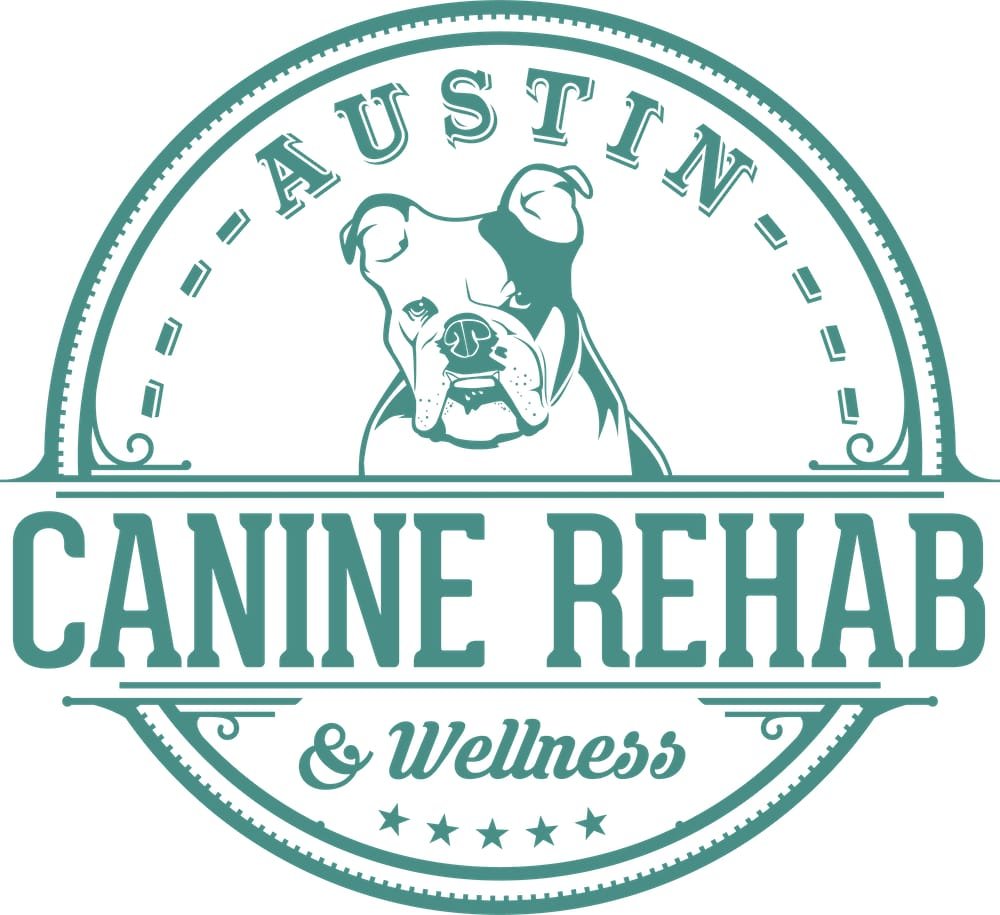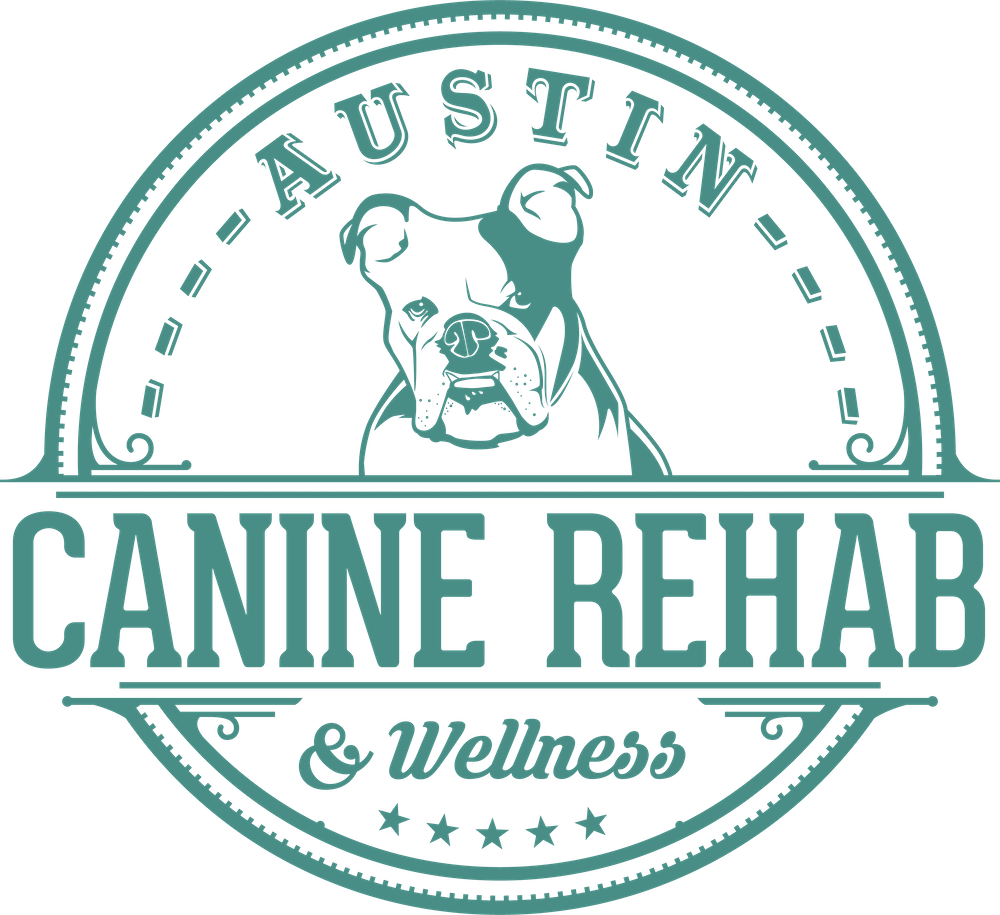A Complete Guide to IVDD & Back Problems in Dachshunds
There is so much to love about Dachshunds. These playful, lovable animals are a joy to be around, and it’s no wonder that they are so popular. If you have a Dachshund in your life, spending time with that dog is surely one of the highlights of your daily routine.
Of course, you can’t talk about Dachshunds without mentioning their unique long body shape. It’s certainly cute, but it can also lead to back problems, unfortunately. Intervertebral Disc Disease, or IVDD, is a particularly troublesome issue for Dachshunds. Let’s dive into the details of this disease so you can arm yourself with information and care for your pet effectively.
Understanding IVDD & Back Problems in Dachshunds
So, what is IVDD anyway? It is a degenerative condition that affects the spinal discs of dogs. Those with long backs are particularly at risk, which is why this is such a pressing concern for Dachshunds. When the discs between the vertebrae of the spine start to degenerate, a number of problems can arise, including herniation, rupture, or compression of the spinal cord.
It is a degenerative condition that affects the spinal discs of dogs. Those with long backs are particularly at risk, which is why this is such a pressing concern for Dachshunds. When the discs between the vertebrae of the spine start to degenerate, a number of problems can arise, including herniation, rupture, or compression of the spinal cord.
What that means for your dog’s day-to-day life can vary. Often, dogs with IVDD will be in significant pain and will lose mobility. In some extreme cases, it can even lead to paralysis.
What Causes IVDD in Dachshunds?
Unfortunately, there isn’t anything you can do to completely eliminate the risk of IVDD in your Dachshund. It is mostly a hereditary condition, so you will simply want to watch for signs that it is developing and then seek treatment from a professional.
Beyond genetic predisposition, there are a few other factors that will impact the IVDD risk your dog experiences. Age is one. The spinal discs of older dogs are much more likely to develop IVDD than those of younger dogs. Regular jumping from high places can also add to IVDD risk, as can obesity.
Signs & Symptoms of IVDD in Dachshunds
As a concerned dog owner, it’s helpful for you to know what signs and symptoms your Dachshund may display when IVDD is developing. Some of the things to watch for include –
Reluctance to jump or climb stairs
Pain or sensitivity in the back or neck
Arching of the back
Whimpering or yelping in pain
Dragging of the hind legs while walking
The presence of one or more of these symptoms doesn’t necessarily point to IVDD, as most of these issues can have other causes. However, they are reason enough to pursue an appointment with your vet to take a closer look.
How IVDD is Diagnosed in Dachshunds
A veterinarian appointment will give your dog the opportunity to be carefully examined for IVDD or other health issues. The vet will want to assess your dog’s mobility, reflexes, and pain response. They may use a number of different diagnostic tests as part of the process, including X-rays to check for spinal abnormalities or an MRI or CT scan to get a direct view of the spinal discs. If IVDD is confirmed, you will work together with your vet to determine the appropriate treatment plan.
Treatment Options for IVDD in Dachshunds
No two IVDD treatment plans are exactly the same, although they will share plenty of similar characteristics. The big dividing line in treatment is whether or not the dog is going to need surgical intervention. Mild and even moderate cases are often able to avoid surgery, where more extreme cases will necessitate the use of surgery to get your dog on the road to recovery.
Conservative (Non-Surgical) Treatment for IVDD
It’s always desirable to avoid surgical intervention whenever possible, whether we are talking about dogs or humans. If your vet determines that surgery is not needed at this point, there are many different conservative treatments that can help your Dachshund recover.
Crate rest in a comfortable position for a number of weeks
Pain medications such as anti-inflammatories
Canine physical rehab to engage neurological system and improve mobility
Weight management to lessen the strain on the spine
Patience is surely required during the conservative treatment process, as it can take some time to see results and improvement. With that said, many Dachshunds are able to recover successfully this way, especially if the IVDD is caught early.
When Surgery is Necessary for IVDD
Some percentage of IVDD cases will require surgery for the dog to be able to truly recover and get back to enjoying daily life once again. These are cases where there is significant pain that doesn’t improve with medication, or when there is significant loss of mobility – or even paralysis.
Often, the surgery performed will be a hemilaminectomy. This involves the removal of affected disc material to take pressure off of the spinal cord. After the surgery is completed successfully, rehabilitation is necessary to gradually rebuild strength and mobility.
The Role of Canine Rehabilitation in IVDD Recovery
Canine rehab is important for IVDD recovery whether or not the dog has undergone surgery. Either way, structured rehabilitation that is guided by an experienced team will help to restore lost mobility, strengthen muscles, and reduce the chances of future injury. For you as a pet owner, rehabilitation can be an exciting time, as you’ll see your dog steadily improve and get back to many of the activities that you enjoyed before this disease took hold.
Get Help from Austin Canine Rehab Today
Early intervention is one of the best things you can do in the face of IVDD. At Austin Canine Rehab, our rehabilitation services are customized to the needs of each dog and will help your pet regain, or maintain, mobility for years to come.
We are proud to provide compassionate, science-backed care for your furry friend. Let’s work together to make sure your pet enjoys the highest possible quality of life. Give us a call or send us a message today to learn more.
Frequently Asked Questions
-
There are a number of other breeds, along with Dachshunds, that are prone to struggling with IVDD and other back problems. Those breeds include Beagles, French Bulldogs, Corgis, and Shih Tzus.
-
With a minor back strain, you should start to see improvement in your dog’s movement in just a few days. If the symptoms don’t seem to be improving after a few days of rest, it’s smart to consult a vet for a proper examination.
-
The severity of the condition and treatment methods used to address it will determine the timeline. In a mild case, it might be just a few weeks before your Dachshund starts to see significant improvement. On the other hand, if surgery is required, multiple months of rehabilitation may be needed.
-
There are plenty of preventive measures that can be taken to cut down on IVDD risk. Start by helping your dog maintain a healthy weight to reduce stress on the spine. Make sure the dog is getting regular, low-impact exercise, and try to keep the dog from jumping off of furniture or other elevated items.





